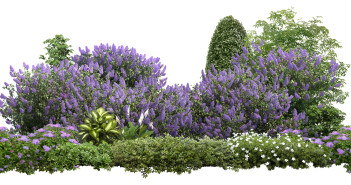
Back to front, how to layer plants in your yard
Layers add visual interest and make sense, from front to back.

Layers add visual interest and make sense, from front to back.
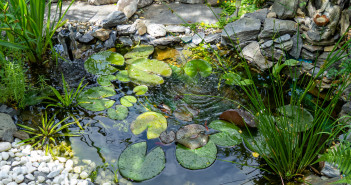
A pond for wildlife is an added bonus for them.

Short list of the books reviewed by WelcomeWildlife. More to come.
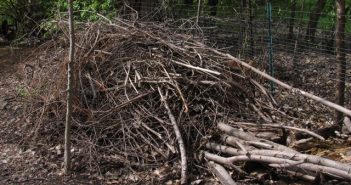
As you tidy up your yard this fall, consider starting a brush pile. Easy to build, just follow our tips. Provide cover, shelter, den space, more.

Just like humans, wildlife need water. They use it for drinking and bathing, and some animals live in water or hide in it.

Locate large trees away from property lines, plant flowers in color groups and odd numbers, curve pathways. More.
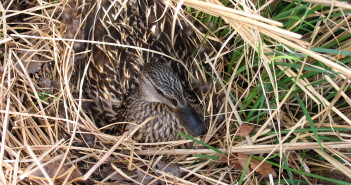
Wildlife need to feel safe in your yard: Dense shrubs, brush piles, stacked firewood, tall grasses, trees, and for some animals, water. Plus more.

Wildlife need places for resting, birthing and raising offspring. The more options you offer, the safer and more welcoming your yard will be.
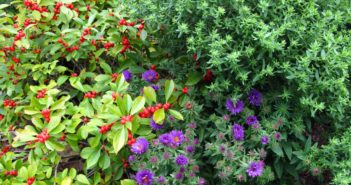
Wildlife won’t stay in your yard if there’s no food for them. A large part of their day — everyday — is focused on finding food.
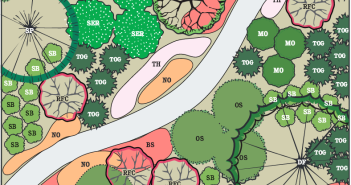
A backyard wildlife habitat provides four basics – food, water, cover, nesting places – in a diverse landscape. Plan, then plant. Here’s how to begin.
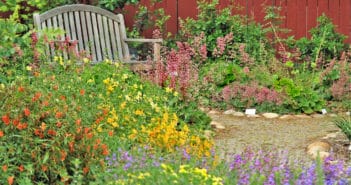
Your yard needn’t be wild-looking to attract wildlife. But it does need to provide the four essentials they need for survival.

